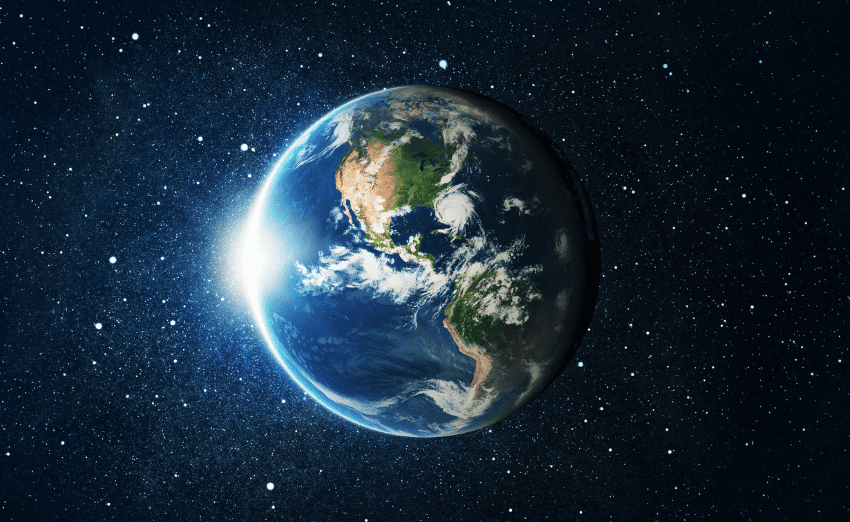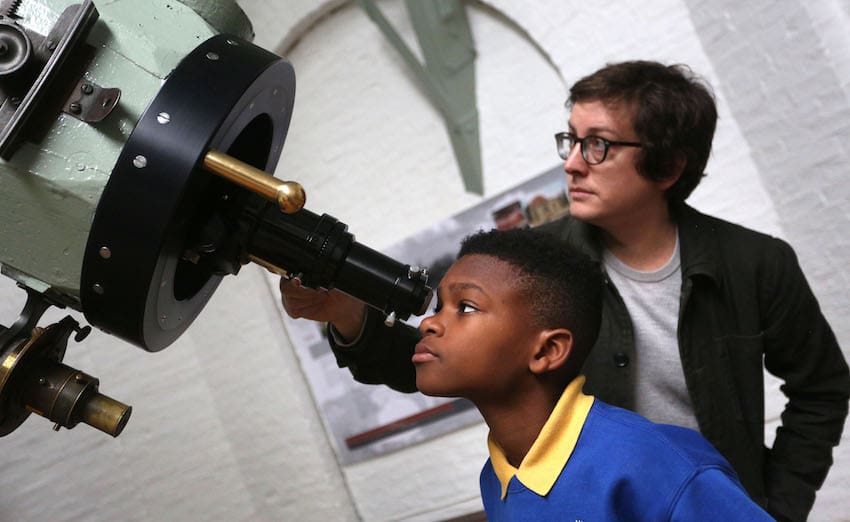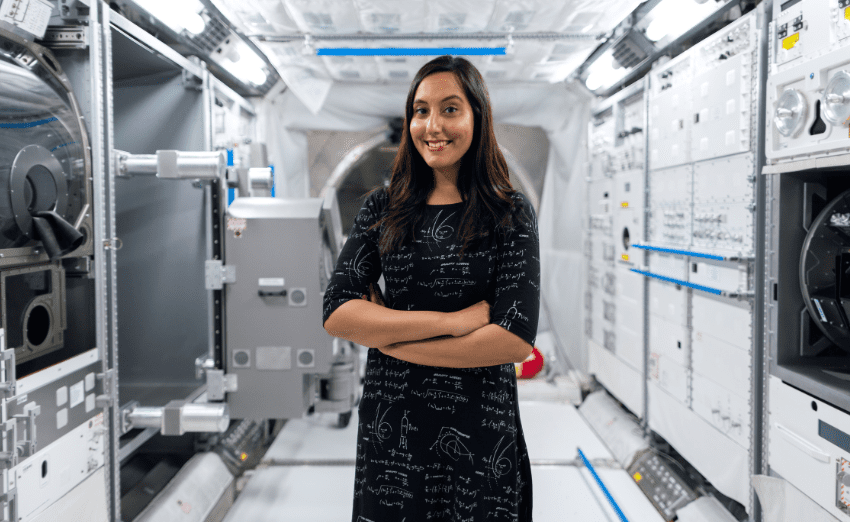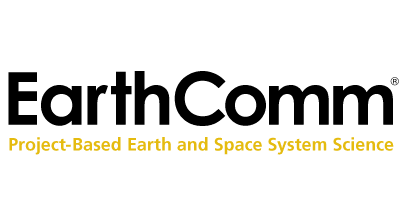
Project-Based Earth and Space System Science
A full-year Earth and Space System Science curriculum developed by the American Geosciences Institute. The philosophy and design of EarthComm’s Third Edition, Project-Based Earth and Space System Science supports the key conceptual shifts in the Next Generation Science Standards.
This Earth-systems science curriculum adopts the philosophy of three-dimensional learning, which is closely related to its original design.
Available as a package or for individual purchase
Digital
On the Activate Learning Digital Platform
Kits
Materials & Supplies
Professional Learning
Three-Dimensional
Project-Based Approach
EarthComm embraces the three-dimensional learning of the Next Generation Science Standards, seamlessly integrating science and engineering practices, crosscutting concepts, and core ideas.
Students Learn Like Scientists and Engineers
Students use the same iterative Engineering Design Cycle employed by geoscientists and engineers, work collaboratively in groups, and engage in scientific discourse.
Total Support
for Teachers
Professional Learning is provided by our team of education experts.
Need more info to decide if this the right curriculum for your district or school?
EarthComm Curriculum Details
EarthComm is a comprehensive, project-based, secondary-level Earth and Space science program.
It includes student learning materials, teacher resources, teacher-support networks, and assessment tools. EarthComm also features a robust website filled with student and teacher resources and videos regularly updated by the American Geosciences Institute.
-
Chapter Challenges
Interesting and meaningful Chapter Challenges motivate students to learn and remember the Earth-systems science content.
-
Crosscutting Concepts
Science and engineering practices, crosscutting concepts, and core ideas are seamlessly integrated throughout the EarthComm curriculum.
-
NGSS Alignment
Download the EarthComm program brochure to view the detailed NGSS alignment.
-
Project-Based Active Series
Explore the project-based Active Series for Chemistry, Physics, and Physical Science to complement our EarthComm curriculum.
EarthComm Research-Based Design
EarthComm promotes systems thinking.
In EarthComm, students learn about the interactions among the various parts of the Earth system by reflecting on the ways in which matter and energy flow through the Earth system, and the different ways in which Earth’s processes occur over time and space.
EarthComm fosters Earth stewardship.
With EarthComm, students discover the wonder and importance of Earth and space science by studying it where it counts — in their community. EarthComm utilizes local and regional issues and concerns to stimulate problem-solving activities and to foster a sense of Earth stewardship by students in their communities.
EarthComm fits your standards.
EarthComm reflects the full scope of Earth and space science content standards for high school, those identified as the Disciplinary Core Ideas in A Framework for K-12 Science Education, and those of individual states and districts.
Digital Platform
The Activate Learning Digital Platform (ALDP) hosts the interactive digital edition of the EarthComm teacher and student curriculum materials.
The platform is designed for student accessibility and inclusion and offers embedded translation for over 130 languages and text-to-speech with read-along highlighting in 35 languages.
Featuring an intuitive user experience, teachers have everything they need to Plan, Teach, Assign, and Assess lessons in a platform that is integrated with leading SIS rostering and Learning Management Systems such as Google Classroom, Schoology, and Canvas.
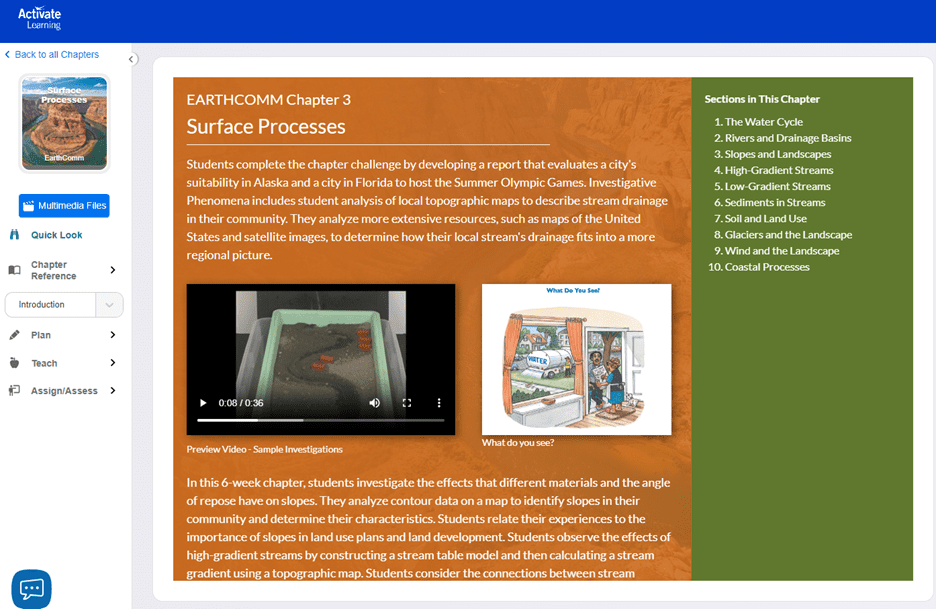

About The Authors
Select an author to learn more about their contributions to the fields of physical science, geology, Earth system sciences, and science education.
Additional Reading
What is Systems Thinking?
The questions that appear on our Systems Thinking poster are a useful starting place for introducing systems thinking to students.

